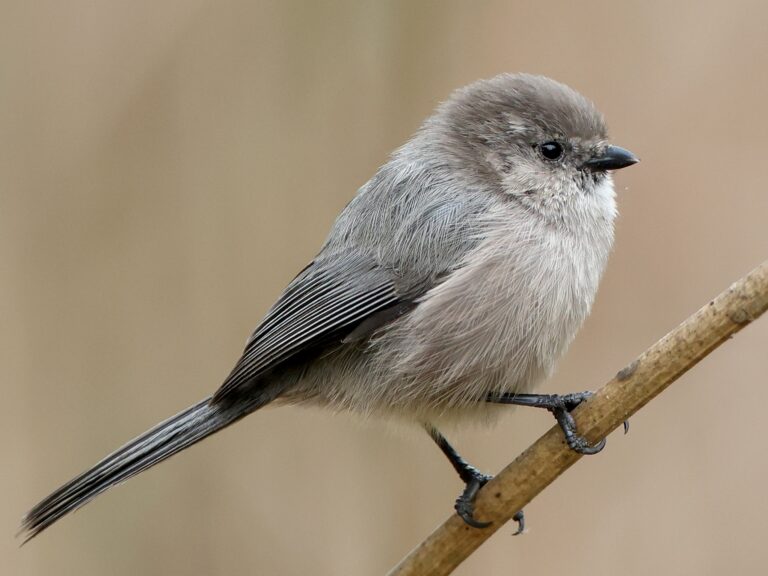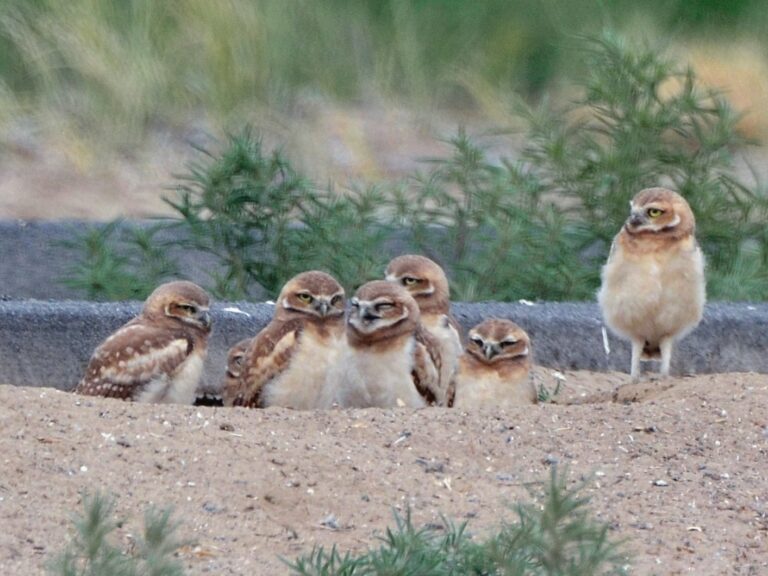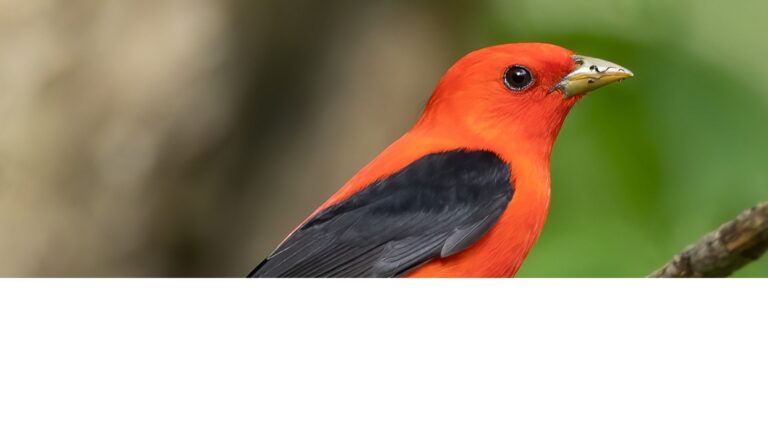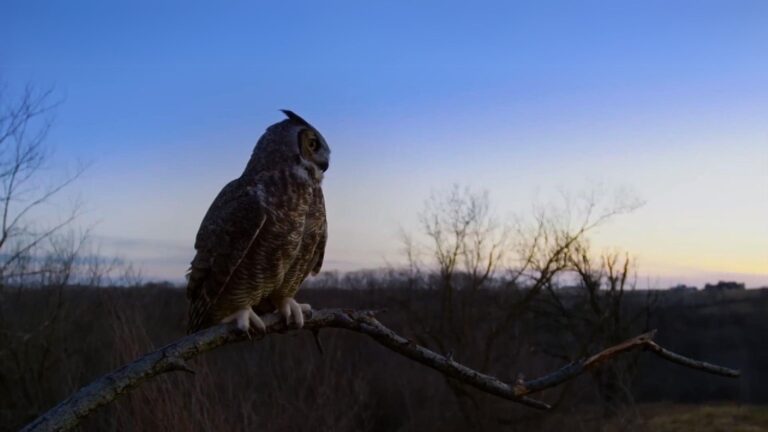Greater Roadrunner: The Unique Bird of the Southwest
The Greater Roadrunner, scientifically known as Geococcyx californianus, is a fascinating bird that captivates birdwatchers and nature enthusiasts alike.
This species stands out for its unique adaptations and behaviors, making it an intriguing predator of the Southwestern United States.
With its striking appearance, characterized by a long tail and distinctive plumage, the Greater Roadrunner thrives in arid habitats, often spotted darting through the desert landscape.
Understanding the Greater Roadrunner’s behavioral patterns and habitat preferences provides insight into its role in the ecosystem.
This bird is not merely a quirky character from cartoons; it plays a critical role in managing pest populations by hunting various small animals, including insects and rodents.
In addition to its ecological importance, the species faces threats from habitat loss and environmental changes, making awareness and conservation efforts vital.
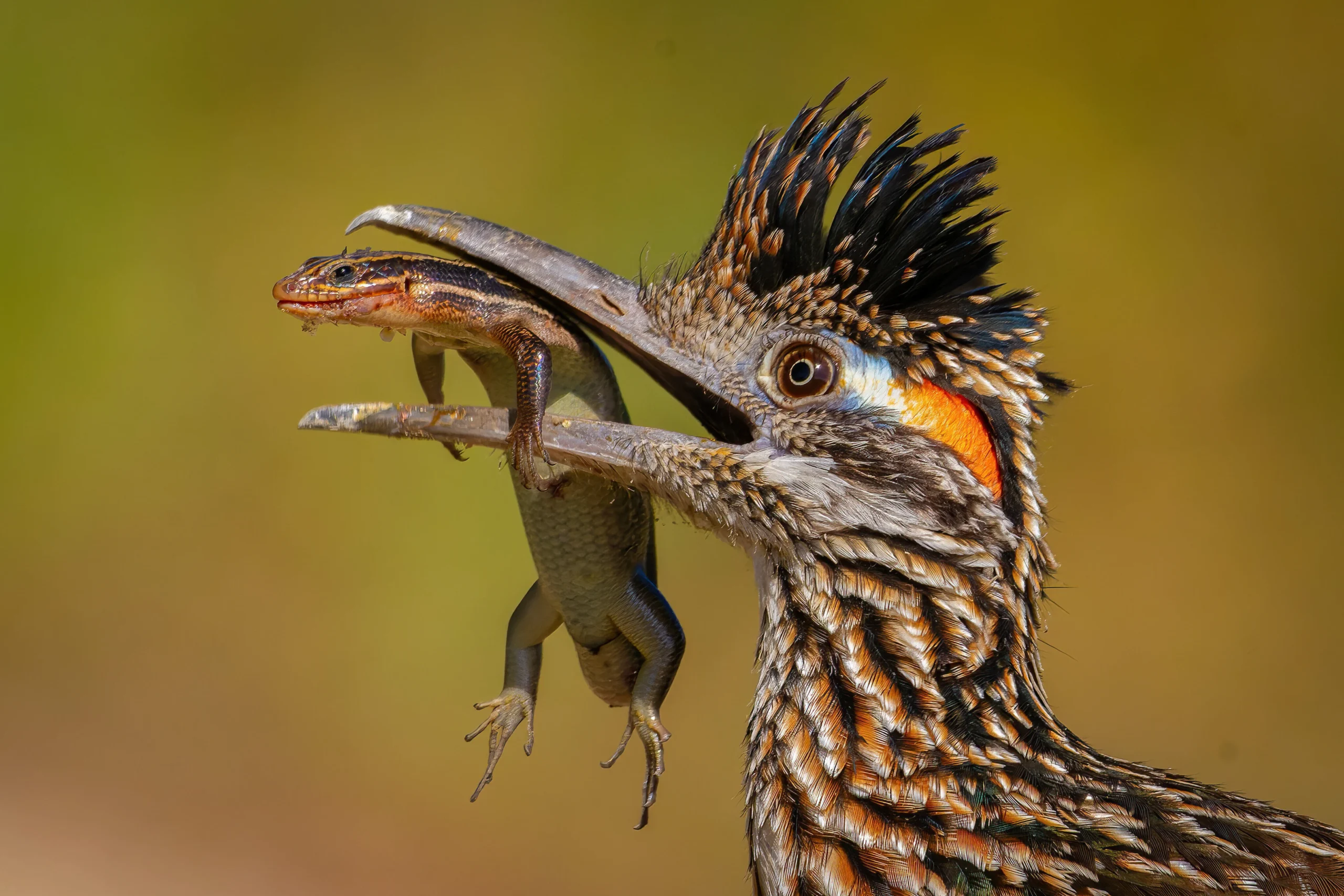
Key Takeaways
- The Greater Roadrunner is a unique predator native to the Southwestern United States.
- It exhibits fascinating behaviors and adaptations suited for its arid habitat.
- Conservation efforts are essential to protect this species from various threats.
Physical Characteristics
The greater roadrunner displays unique physical features that contribute to its adaptability in its southwestern habitats.
These characteristics include distinct feather patterns, anatomical traits, and specific measurements that set it apart from other birds.
Feather and Plumage Patterns
The greater roadrunner boasts striking feathers that serve both functional and aesthetic purposes. Its plumage is predominantly brown, with a mix of black and white streaks. This coloring provides excellent camouflage in arid environments.
The bird’s crest consists of elongated feathers that can be raised or lowered, adding to its expressive appearance. The tail is long and has a distinctive pattern of white tips that aids in balance during its swift ground movements.
Distinctive Anatomy
Anatomically, the greater roadrunner is built for speed and agility.
It features a long neck that allows for a wide field of vision while hunting. The beak is robust and slightly curved, ideal for catching small prey, including insects and reptiles.
Its legs are long and powerful, designed for running rather than perching, giving it remarkable speed. The wings, while relatively short, are strong and facilitate brief bursts of flight when necessary.
Measurements and Size
In terms of size, the greater roadrunner typically measures between 20 to 24 inches in length. The wingspan can reach up to 22 inches, providing adequate lift during short flights.
Adult roadrunners usually weigh between 0.5 to 1.0 pounds. These measurements underline its status as a medium-sized bird within its family, adaptable to a variety of terrains and hunting circumstances.
Behavior and Adaptations
The greater roadrunner exhibits a range of behaviors and adaptations that enhance its survival in harsh desert environments.
These include specialized foraging techniques, unique reproductive rituals, effective thermoregulation strategies, and defensive mechanisms against threats.
Foraging and Diet
The greater roadrunner is an omnivore, primarily preying on small animals such as lizards, snakes, and insects.
Its hunting strategies include a combination of speed and agility, allowing it to chase down prey over short distances.
Roadrunners employ a distinctive technique when capturing snakes; they often use rapid movements to confuse their prey before striking. Their diet can also include fruits and seeds, especially when animal prey is scarce.
This adaptability in foraging helps them thrive in variable desert conditions.
Reproductive Behaviors
Courtship among greater roadrunners involves elaborate displays, including vocalizations and physical posturing.
Males engage in cooing and other calls to attract females, showcasing their vitality and fitness.
Once paired, roadrunners build nests in shrubs or trees, usually 2-12 feet above the ground, to protect their young from predators.
Nesting materials often include twigs and grasses, skillfully arranged to provide a secure environment for the eggs. Both parents participate in incubating the eggs and feeding the chicks.
Thermoregulation
To cope with the extreme temperatures of their desert habitat, greater roadrunners utilize several thermoregulation strategies.
They are known to sunbathe during cooler parts of the day, soaking up warmth to elevate their body temperature.
In the heat, they exhibit cooling behaviors, such as seeking shade or panting. Their physiology allows for efficient water conservation, enabling them to thrive in arid environments where water sources are limited.
Defensive Tactics
The greater roadrunner employs various defensive tactics to avoid predation.
When threatened, it relies on its swift running speed to escape potential threats.
If cornered, the roadrunner may also engage in deceptive behaviors, such as feigning injury to distract predators. This strategy, combined with their ability to blend into their surroundings, enhances their chances of survival against larger threats, including birds of prey and mammals.
Habitat and Distribution
The Greater Roadrunner is primarily found in the arid and semi-arid regions of North America.
Geographical Range
The Greater Roadrunner has a geographical range that includes the southwestern United States and northern Mexico.
It is predominantly found in California, Arizona, Texas, and New Mexico. These areas provide the dry habitats suitable for its lifestyle.
The bird can adapt to urbanized environments, although it prefers rural landscapes with ample cover and food sources.
Preferred Environments
This species thrives in grasslands, deserts, and chaparral regions. They favor areas with sparse vegetation, as this allows for easier foraging.
Mesquite woodlands and savannas are particularly appealing due to the availability of insects and small animals.
They utilize a variety of habitats, from open terrains to regions with more dense vegetation, depending on their food sources.
Accessibility to water is vital, and they often select habitats near natural water sources.
Adaptation to Arid Regions
The Greater Roadrunner is well adapted to life in arid climates.
It can tolerate high temperatures and minimizes water loss through its efficient metabolic processes. The bird has adapted behaviorally by being more active during the cooler hours of the day.
It can also find shelter under bushes and other forms of cover to escape extreme heat. This adaptability allows the Greater Roadrunner to thrive in environments that many other birds find challenging.
Reproduction and Life Cycle
The greater roadrunner exhibits fascinating behavior during its reproduction and life cycle stages. Key aspects include intricate mating rituals, specific nesting sites for egg incubation, and the developmental milestones of the young.
Mating Rituals
Mating rituals of the greater roadrunner involve elaborate displays and vocalizations.
During courtship, males perform a variety of behaviors such as bowing, fluttering their wings, and producing distinctive calls. These displays serve to attract females and demonstrate their fitness as potential mates.
Once a pair forms, they often mate for life. This strong bond is reinforced through cooperative behaviors, including mutual grooming and food sharing, which strengthens their social connection.
Successful mating is crucial, as it leads to the next phase of their reproductive cycle.
Nesting Sites and Egg Incubation
Nesting sites are carefully chosen, typically located in shrubs, trees, or sheltered areas. The female roadrunner usually lays a clutch of 3 to 6 eggs, which are usually pale or speckled.
Incubation lasts about 20 days and is primarily carried out by the female. During this time, the male provides food to the female to ensure she remains healthy and capable of sustaining the developing eggs.
This partnership highlights the significance of teamwork in raising their brood.
Development of Juveniles
Once the eggs hatch, the young are altricial, meaning they are born blind and helpless.
The parents are highly attentive, providing food and care to the chicks.
Juveniles remain in the nest for about 3 to 4 weeks, during which they undergo significant growth and development.
As they gain strength and feathers, they prepare for their first flight. Parental care during this critical period is vital for their survival and eventual independence.
Conservation Status and Threats
The greater roadrunner is currently classified as a species of Least Concern. While this status indicates a stable population, various threats still impact its survival and habitat.
Protection Efforts
Efforts to conserve the greater roadrunner largely focus on habitat preservation.
These birds thrive in arid environments and rely on dense shrubbery for shelter and nesting.
Conservation programs prioritize the protection of their habitats from urbanization and agricultural expansion.
Local organizations work to maintain natural ecosystems, reducing disturbances that can lead to habitat loss.
Additionally, some regions implement controlled burns to encourage new growth, ensuring an abundance of food sources such as insects and small rodents, which are vital for the roadrunner’s diet.
Natural Predators and Challenges
Greater roadrunners face predation pressures from hawks and coyotes, among others. These natural predators can significantly impact juvenile survival rates.
Other challenges include competition for resources, particularly in areas where human development encroaches on natural habitats. Raccoons are known to prey on nests, affecting reproductive success.
Habitat fragmentation due to roads and urban areas further compounds these threats, disrupting movement and access to essential resources. Addressing these challenges is crucial for maintaining healthy populations of greater roadrunners.
Frequently Asked Questions
The Greater Roadrunner possesses distinct physical adaptations that enhance its survival. Its habitat preferences and behaviors are unique compared to other birds. Questions about sexual dimorphism, flight capabilities, vocalizations, and competition with other species will be addressed.
What are the distinctive adaptations of the Greater Roadrunner?
The Greater Roadrunner has several adaptations that aid its survival.
It is well-known for its speed, capable of running up to 20 miles per hour.
Its long legs and streamlined body enable swift movements across the ground.
They have a unique plumage featuring brown and white streaks that provides camouflage in their desert habitat.
Sharp beaks are adapted for catching prey such as insects, lizards, and small mammals.
How does the habitat of the Greater Roadrunner differ from other birds?
Greater Roadrunners primarily inhabit arid regions such as deserts and scrublands.
They prefer areas with low vegetation that facilitate foraging and nesting.
Unlike many birds that favor dense forested areas, roadrunners thrive in open spaces.
These birds are often found near rocky outcrops or brushy edges, which provide cover while hunting.
Their adaptability to harsh environments distinguishes them from other avian species.
What are the differences between male and female Greater Roadrunners?
Male and female Greater Roadrunners exhibit subtle differences.
Males tend to have slightly larger bodies and longer tails compared to females.
Both genders share similar plumage, making it challenging to identify them visually in the wild.
During the breeding season, males perform elaborate displays to attract females.
These behaviors include puffing up their feathers and engaging in vocalizations.
Can Greater Roadrunners fly, and if so, to what extent?
Greater Roadrunners are capable of flight but are not strong fliers.
They can achieve short flights typically up to 10 to 15 feet.
Flight is usually reserved for escaping predators or reaching higher perches.
Most of their movement occurs on the ground, where they can run swiftly to catch prey or evade threats.
Their physical design favors running over sustained flight.
What does the Greater Roadrunner sound or song resemble?
The vocalizations of the Greater Roadrunner consist of a series of distinct calls that resemble a “coo-coo” sound.
They can produce various calls, ranging from soft coos to sharp alarm calls.
These birds use their sounds to communicate during courtship and establish territory.
Their unique vocalizations are a defining characteristic of their behavior.
How does the Greater Roadrunner compete with similar species in its environment?
Greater Roadrunners often share their habitat with other ground-dwelling birds. They rely on speed and agility to outmaneuver competitors when foraging for food.
Their diet helps reduce competition as they primarily consume small reptiles and insects.
Territorial displays and vocal calls are also used to establish dominance in an area, ensuring access to resources while deterring rival species.


